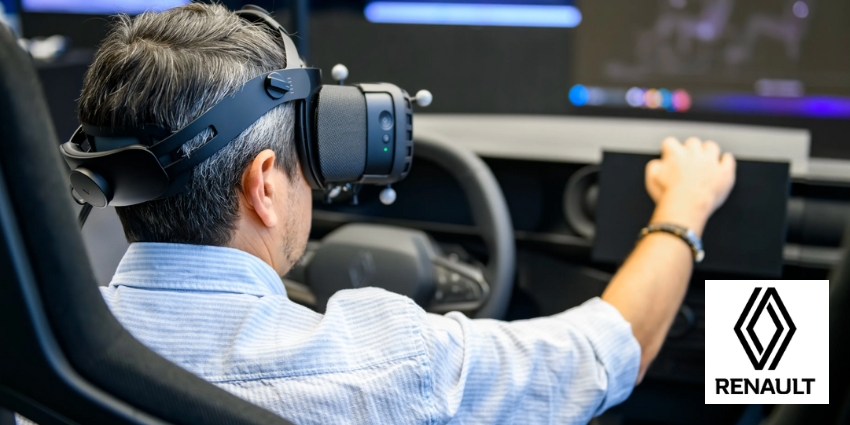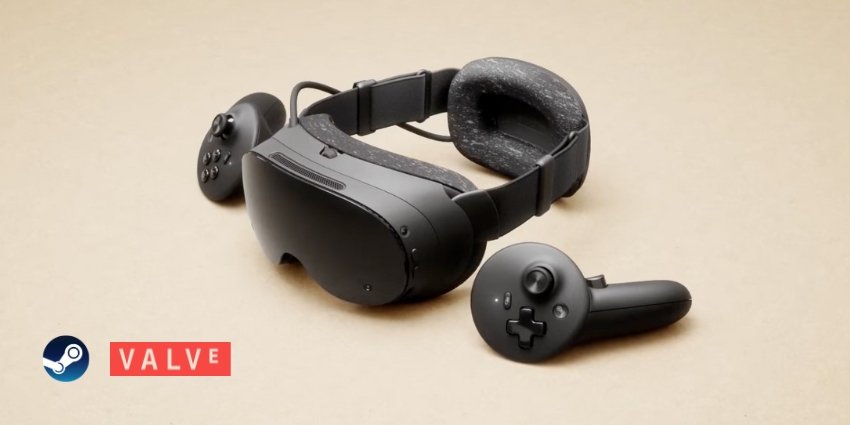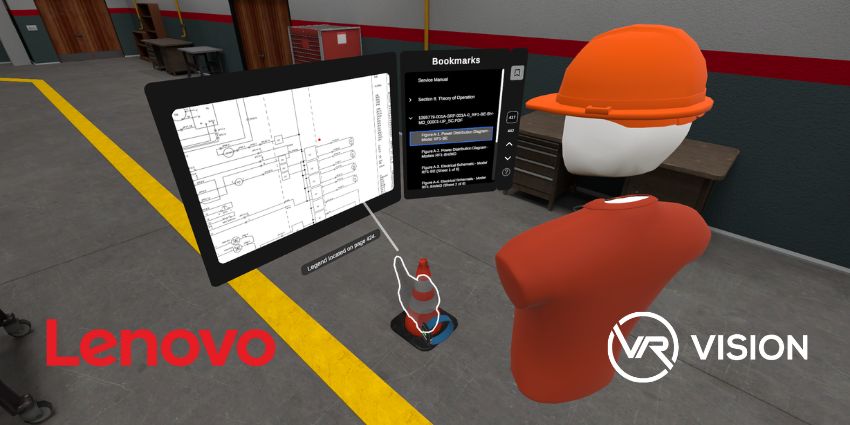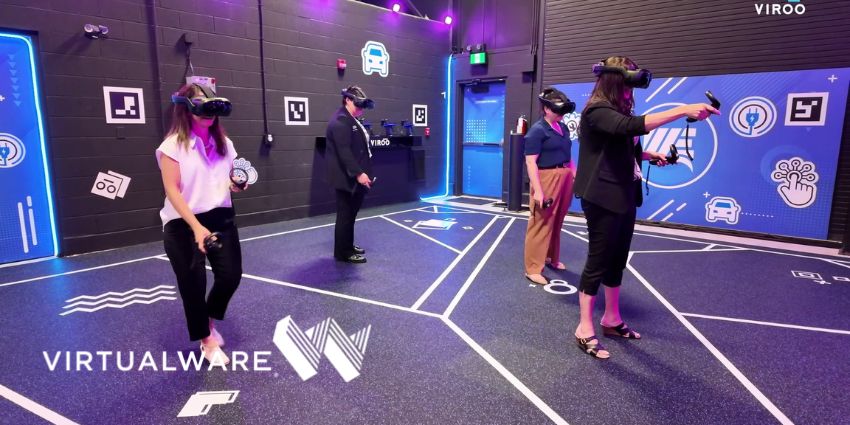Walk into any retail innovation summit, read the latest trend reports, or speak to a forward-looking CXO, and one narrative dominates: “AR and VR are the future of retail.”
From interactive mirrors to immersive shopping malls in the metaverse, augmented reality (AR) and virtual reality (VR) continue to capture the imagination of the industry. As a market analyst tracking this space closely, I’ve seen jaw-dropping demos and forward-thinking product roadmaps that could redefine shopping as we know it.
But step outside the hype bubble, talk to retail decision-makers, browse real-world implementations, or visit a brand’s digital storefront, and a very different picture emerges: AR/VR is one of the fastest-moving topics in conversations, but one of the slowest-moving in actual adoption.
Why the Buzz?
Let’s give credit where it’s due the potential of immersive tech is real.
- AR allows shoppers to visualize how a lamp fits into their room or how a pair of sneakers looks on their feet, all without touching the product.
- VR offers virtual shopping malls and showrooms where customers can “walk through” stores without leaving their homes.
- For brands, it presents a compelling case, enhanced personalization, better customer engagement, and more sustainable shopping experiences by reducing product returns.
It’s no wonder that everyone from luxury retailers to DTC startups wants a slice of the immersive pie. But the road from pilot to scale remains rocky.
Why the Adoption Is Still Lagging
Even though interest is high, most AR/VR projects in retail haven’t moved past small pilot tests. Based on our ongoing research across global markets, here are the main reasons why adoption is still slow:
- High Upfront Investment
Immersive experiences come with a hefty price tag. Creating AR/VR content accurately and engagingly requires:
– An expert in 3D modeling
– Animation and UI design skills
– Cross-platform development capabilities
Combine this with the costs of supporting hardware (just VR headsets or AR-enabled devices together with smart mirrors) and it’s a high barrier for most smaller and mid-sized retailers. For many, it’s hard to justify unless an ROI can be proved clearly—and hence comes our next challenge.
- Complex Implementation
AR/VR is not plug and play. It has to be integrated flawlessly in multiple systems:
– Product databases
– Inventory and fulfillment engines
– Mobile/web Apps
Retailers also need to make sure that the experience is intuitive and smooth on any device and OS. For teams still struggling to achieve good mobile responsiveness or omnichannel consistency, it feels like skipping two steps ahead.
- Mixed Consumer Readiness
Yep, Gen Z and Gen Alpha show more openness toward immersive shopping, but they are not yet the majority. For most consumers, shopping is still a mission-oriented, efficiency-first activity where they will use speed browsing, peer reviews, and easy one-click purchasing rather than going for an elaborate virtual try-on.
Even the earliest adopters have a short attention span, making all these immersive experiences entertaining must also be frictionless, which most are not yet.
- Undefined Metrics and ROI
Should conversion rates be benchmarks for AR/VR success? Should it be the time spent on the experience? Or should the return rates give an indication? Without industry-wide standards, decision-makers shy away from investing on a grand scale.
Analysts notice that although most vendors highlight their engagement numbers, and retailers these days focus on impact on a real business basis instead of just flashy features.
What’s Changing Now?
Despite these hurdles, there are promising signs of acceleration:
- WebAR is removing friction in the experience: AR features no longer require a dedicated app; one just needs to scan a QR code or open a mobile site.
- Tech giants are investing: Shopify, Meta, Snap, and Amazon are building commerce capabilities with AR/VR at their core to maintain plug opportunities for retailers.
- Younger consumers are starting to come around: For Gen Z and Gen Alpha, AR filtering and 3D avatars are already ingrained within digital behavior-the retail facet is simply trying to catch up.
- AI is changing the facts of the game: AI-based software can now auto-generate 3D models of products, personalize immersive experiences, and provide real-time analytics, lowering costs, and reducing time-to-market while enabling the scalability of experimentation.
My Perspective: Where to Focus Now
From my standpoint, the question is no longer “Is AR/VR the future?” but rather, “How do we move from experimentation to value creation?”
Retailers don’t need to bet big on the metaverse overnight. Instead, we recommend:
- Start with targeted use cases: Focus on areas where AR/VR clearly solves a customer pain point such as reducing return rates in fashion or improving home decor visualization.
- Measure what matters: Track results that show real business value, not just numbers that look impressive but don’t tell you much.
- Experiment fast, scale slowly: Leverage platforms that support quick deployment (like WebAR), and only scale what proves its value.
- Bridge AR/VR with AI: Use AI to personalize experiences, auto-generate assets, and analyze performance data — this convergence will be a critical enabler.
Final Thoughts
Immersive retail has huge potential and it’s easy to get excited. But big promises often don’t match real-world results. As analysts, our job is to cut through the hype, spotlight what actually works, and help brands focus on practical innovation not just eye-catching demos.
The retailers who succeed won’t be those chasing every new technology. They’ll be the ones who pay attention to their customers, test ideas with intent, and grow steadily.
In the end, AR/VR won’t change retail by being flashy and futuristic it’ll do so by being but frictionless, familiar, and functional..







